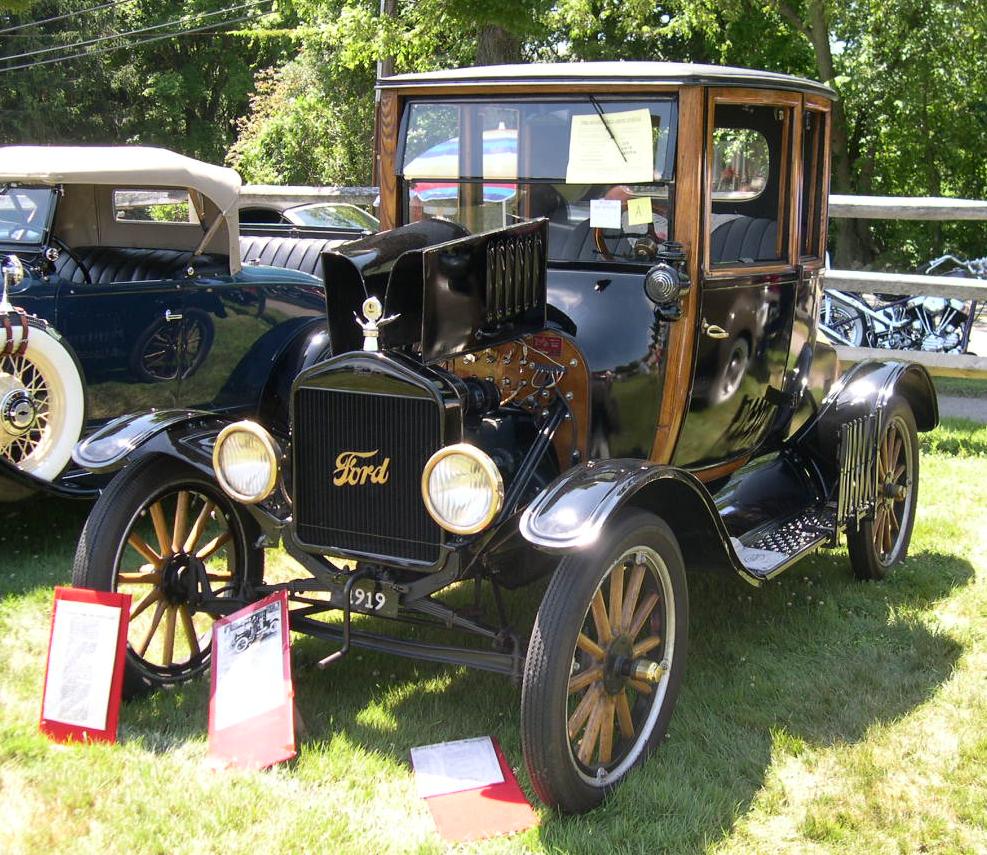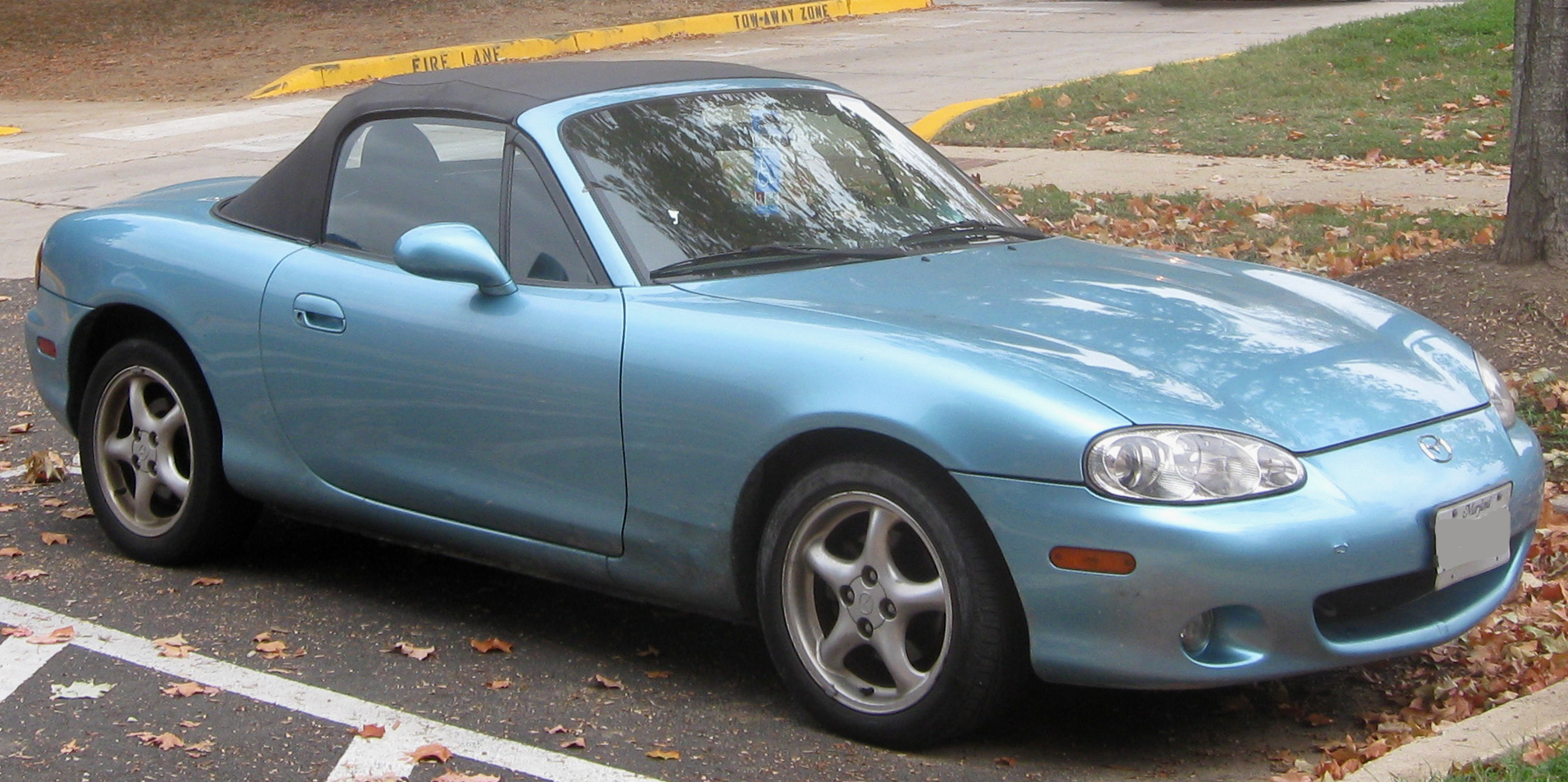Iconic Cars That Revolutionized the Automotive World
In an ever-evolving automotive landscape, certain vehicles stand as cornerstones of innovation and progress. These cars did not just roll off the assembly line; they paved new roads in the industry, each leaving a unique legacy. Let’s delve into the fascinating stories of these automotive pioneers.

1. **Ford Model T (1908)**: The Ford Model T, introduced by Henry Ford in 1908, stands as a monumental innovation in automotive history. Known as the “Tin Lizzie,” this vehicle wasn’t just a car; it was a harbinger of change, democratizing personal transportation. By employing assembly line production, Ford drastically reduced costs, making the Model T affordable for the average American. This paved the way for widespread car ownership, forever altering societal mobility and setting a precedent for manufacturing processes across industries. Over 15 million units were produced, symbolizing a new era where automobiles became an everyday household item.

2. **Chevrolet Corvette (1953)**: Breaking away from the norm, the Chevrolet Corvette burst onto the scene in 1953 as America’s first sports car. Its introduction marked a shift in the U.S. automotive market from family-focused designs to high-performance, stylish vehicles. With its groundbreaking fiberglass body and potent V8 engine, the Corvette challenged the dominance of European sports cars and paved the way for a new generation of American performance vehicles. Its sleek design and engineering excellence captivated car enthusiasts and signaled a new era in American automotive innovation.

3. **Ford Thunderbird (1958)**: Revolutionizing personal luxury, the 1958 Ford Thunderbird shifted the automotive paradigm by introducing a four-seat layout, blending sportiness with luxury. Known as the “Squarebird,” it was a pioneer in the ‘personal luxury car’ segment, which balanced performance with practicality. This strategic move not only challenged traditional design norms but also catered to a burgeoning market seeking vehicles that offered both style and comfort. The Thunderbird’s success encouraged competitors to explore similar avenues, forever altering the landscape of American car design.
.jpg)
4. **Honda Accord CVCC (1976)**: In the 1970s, amidst rising fuel prices and growing environmental concerns, the Honda Accord CVCC emerged as a beacon of efficiency. Featuring the innovative CVCC engine technology, it optimized combustion processes, offering superior fuel economy and reduced emissions. This advancement not only set a new benchmark for sustainable automotive design but also influenced other manufacturers to incorporate cleaner technologies, marking a significant step towards environmentally conscious transportation.

5. **Nissan Leaf (2010)**: The introduction of the Nissan Leaf in 2010 was a watershed moment for electric vehicles (EVs). Prior to its launch, EVs were seen as niche products, but the Leaf changed that perception by offering an affordable and practical solution for the average consumer. Its success in the market demonstrated the viability of electric cars, encouraging other automakers to invest in sustainable mobility solutions and contributing to the mainstream acceptance of EVs as a credible alternative to traditional vehicles.

6. **Tesla Model S (2012)**: Tesla’s Model S shattered preconceived notions about electric vehicles with its launch in 2012. Offering an impressive range of up to 265 miles per charge and pioneering over-the-air updates, it transformed the EV market. The Model S not only alleviated range anxiety but also showcased the potential of software-driven enhancements, pushing the boundaries of vehicle innovation. Tesla’s approach to sales, requiring a deposit before unveiling the vehicle, highlighted a novel consumer experience, setting new standards in the industry.

7. **Tesla Model S Autopilot (2015)**: With the launch of its Autopilot feature in 2015, Tesla epitomized the future of driving. This semi-autonomous system introduced a new dimension of convenience and safety, underscoring Tesla’s commitment to full autonomy. By leveraging neural networks and machine learning, Tesla continuously refined Autopilot capabilities, positioning itself as a leader in the autonomous driving space. The developments in this technology underscored the potential of machine learning in transforming automotive experiences and redefining the future of mobility.

8. **Chevrolet Bolt EV (2016)**: Setting new standards for electric vehicles, the 2016 Chevrolet Bolt EV offered a 200-mile range on a single charge at an accessible price point. This breakthrough addressed critical concerns regarding range anxiety and affordability, encouraging wider EV adoption. By pushing the boundaries of what was possible, the Bolt EV spurred a surge in investment towards high-range, affordable electric vehicles, accelerating the transition towards sustainable transportation.
9. **Nissan GT-R R32 (1989)**: Known as the ‘Godzilla’ in the automotive world, the Nissan GT-R R32 launched in 1989, and it roared onto the scene, redefining what it meant to be a performance vehicle. This beast of a car was the first to feature Nissan’s advanced ATTESA E-TS all-wheel-drive system alongside the Super-HICAS four-wheel steering, offering previously unimaginable stability and control. The RB26DETT engine under the hood was a twin-turbocharged masterpiece, pushing the boundaries of what a production car could achieve. The R32’s dominance in motorsport, particularly in the Group A touring car races, cemented its legacy as a true game changer in automotive history.

10. **Mazda MX-5 Miata (1989)**: Bringing back the love for roadsters, the Mazda MX-5 Miata was unveiled in 1989 and took the world by storm. Its lightweight design, perfect 50:50 weight distribution, and simple yet effective engineering reinvigorated the concept of fun, affordable sports cars. The Miata became an icon of driving pleasure, embodying the philosophy that less can indeed be more. Its incredible global popularity spurred a resurgence of compact, driver-focused sports cars that continues to influence manufacturers today.

11. **Toyota Prius (1997)**: The Toyota Prius, debuting in 1997, was a game changer, leading the charge in hybrid technology. As the first mass-produced hybrid, it paved the way for eco-friendly vehicles, offering a practical solution to reducing emissions without sacrificing convenience. Its innovative combination of a gasoline engine and electric motor set a new standard in fuel efficiency, making it a hit among environmentally conscious consumers and pushing other automakers to explore hybrid technologies.

12. **Ferrari Enzo (2002)**: Named after the company’s legendary founder, the Ferrari Enzo was unleashed in 2002 as a supercar that epitomized the pinnacle of automotive engineering and design. With its F1-inspired technology, including active aerodynamics and a carbon-fiber body, the Enzo was a marvel of modern design. Its creation wasn’t just about speed; it was about pushing the limits of what a car could be, blending performance with cutting-edge technology in a way that only Ferrari could achieve.
,_5._April_2012,_D%C3%BCsseldorf.jpg)
13. **Bugatti Veyron (2005)**: The Bugatti Veyron, introduced in 2005, shattered records and perceptions of what a hypercar could achieve. With a staggering 1,001 horsepower and a top speed of over 250 mph, it pushed the boundaries of engineering to places once thought impossible. Beyond its sheer power, the Veyron was a masterclass in luxury and precision, setting new benchmarks for automotive excellence and technological prowess.

14. **Tesla Roadster (2008)**: The Tesla Roadster, released in 2008, signaled a new era in electric vehicles. It wasn’t just a novelty; it was a sports car with the prowess to compete with its gasoline-powered counterparts. Proving that electric cars could be both exhilarating and sustainable, the Roadster’s success paved the way for Tesla’s future innovations and cemented its role as a leader in the EV revolution.
.jpg)
15. **Ford Mustang Shelby GT500 (2020)**: The 2020 Ford Mustang Shelby GT500 took the iconic pony car to new heights, blending muscle with sophistication. Boasting over 700 horsepower, the GT500 reaffirmed its status as a quintessential American muscle car, integrating advanced aerodynamics and performance technologies that set a new standard for high-performance vehicles.

16. **Porsche Taycan (2019)**: The Porsche Taycan, introduced in 2019, represented a shift for Porsche into the electric vehicle market, combining the brand’s legendary performance with innovative electric technology. With its rapid acceleration and handling that stayed true to the Porsche name, the Taycan redefined what an electric sports car could be, pushing the boundaries of performance and sustainability.
As we draw the curtain on this exploration of automotive marvels, it’s clear that the road of innovation is ever long and winding. Each vehicle we’ve journeyed through tells a story of audacity, pushing the boundaries of what was possible and setting the stage for the future. These historic cars are not just a testament to engineering prowess and design elegance; they are chapters in the ongoing saga of human ingenuity and imagination. Here’s to the next generation of cars that will continue to reshape the highways of tomorrow.
Related posts:
10 Cars that Changed the Auto Industry
Cars that Changed the Industry
Automobile History
Discover more from Auto Travel World
Subscribe to get the latest posts sent to your email.














